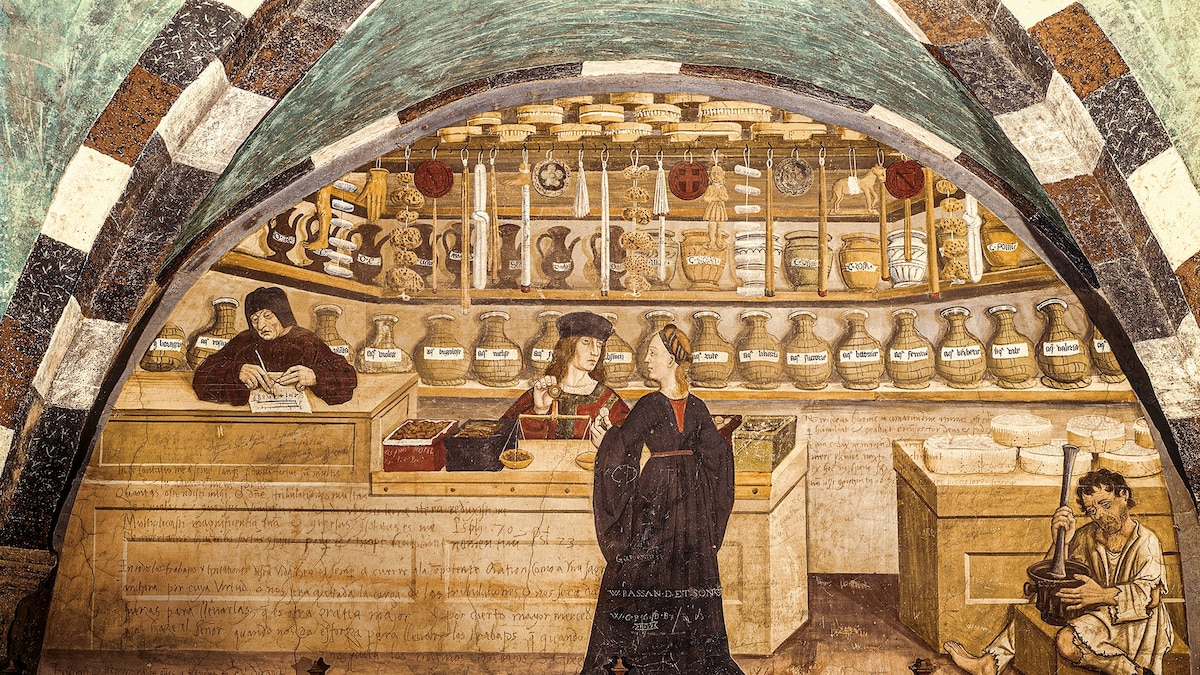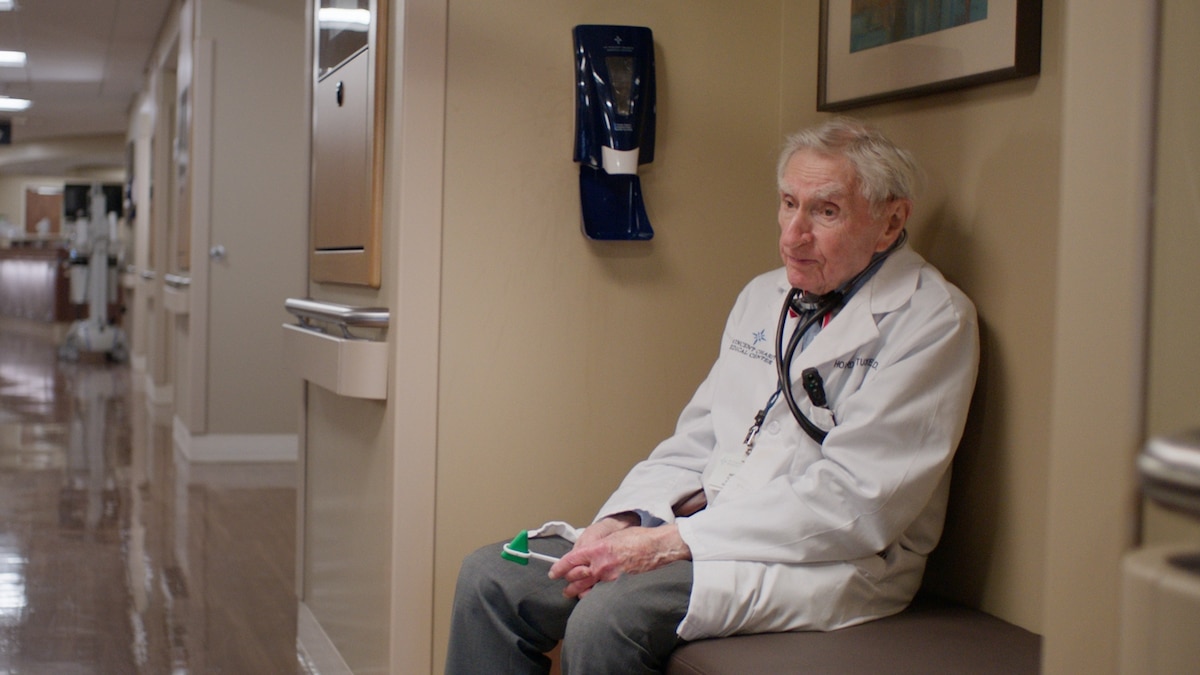Now Reading: Exploring Medieval Europe’s Drugstores: A Glimpse into Ancient Apothecaries
-
01
Exploring Medieval Europe’s Drugstores: A Glimpse into Ancient Apothecaries
Exploring Medieval Europe’s Drugstores: A Glimpse into Ancient Apothecaries

Quick Summary:
- Medieval Europeans relied on natural substances such as gemstones, animal products, and plants for medicines to treat various ailments.
- Dioscorides’ De Materia Medica, a widely-circulated ancient pharmacopoeia, detailed hundreds of plants and their medicinal applications.
- Apothecaries originated in monasteries where monks treated the sick with remedies derived from their scientific knowledge and cultivated medicinal gardens.
- The first pharmacies were established as distinct spaces in monasteries; notable examples include Camaldoli (Italy) in the 11th century and Santa Maria Novella (Florence, established 1221).
- Regulations over apothecaries began to emerge by the 13th century as guilds split roles between physicians prescribing remedies and apothecaries preparing them. Strict laws aimed to ensure fair pricing, labeling of medicines, and safety standards.
- Women faced restrictions within male-dominated medical guilds but used traditional caregiving roles to compile remedy recipes or work as healers; some gained prominence by contributing to settler medicine during colonial times.
Indian Opinion Analysis:
The historical development of apothecaries sheds light on Europe’s early healthcare systems based heavily on natural remedies-a longstanding tradition shared across civilizations like India’s Ayurveda system.Similarities can be drawn between monastic pharmacies cultivating medicinal gardens and India’s centuries-old practice of temple herbal gardens supporting wellness. This analysis underscores the global roots of pharmacy practices that still resonate today through integrative medicine trends blending modern pharmaceuticals with plant-based treatments. While Europe faced regulatory hurdles restricting women’s roles in medicine historically, India’s cultural ethos frequently enough integrated women into caregiving professions naturally-providing contrast but also indirect alignment in empowerment potential over time.
Read More: National Geographic History
























